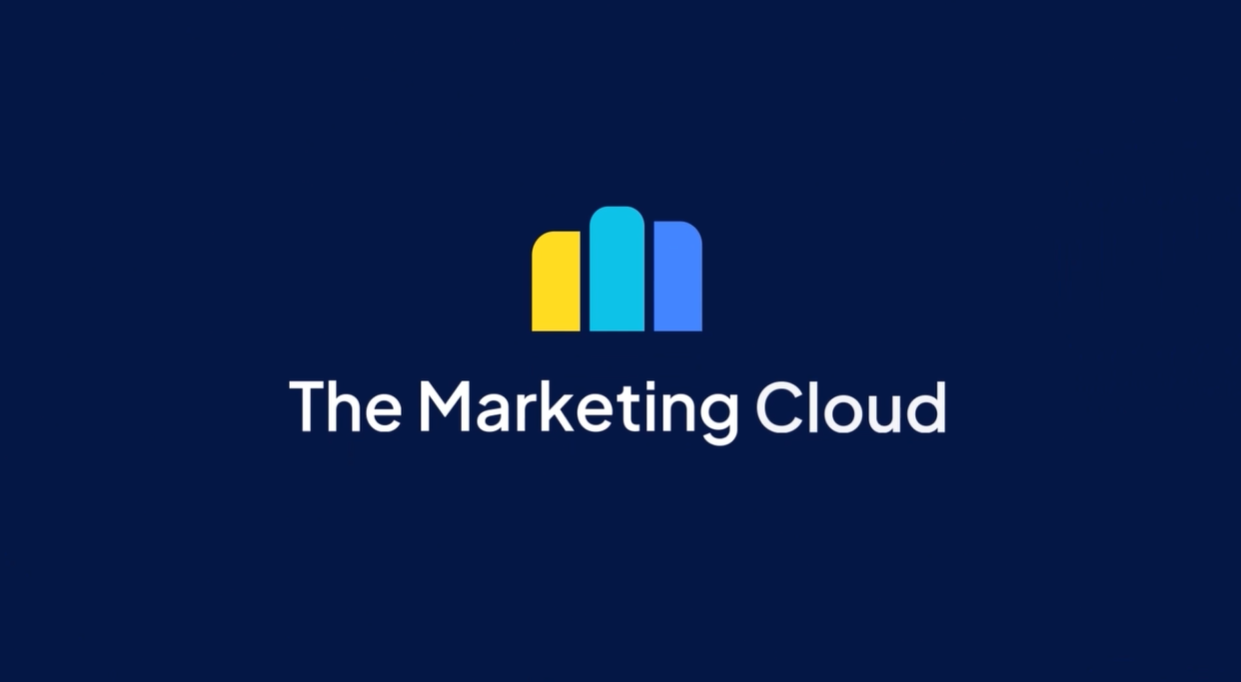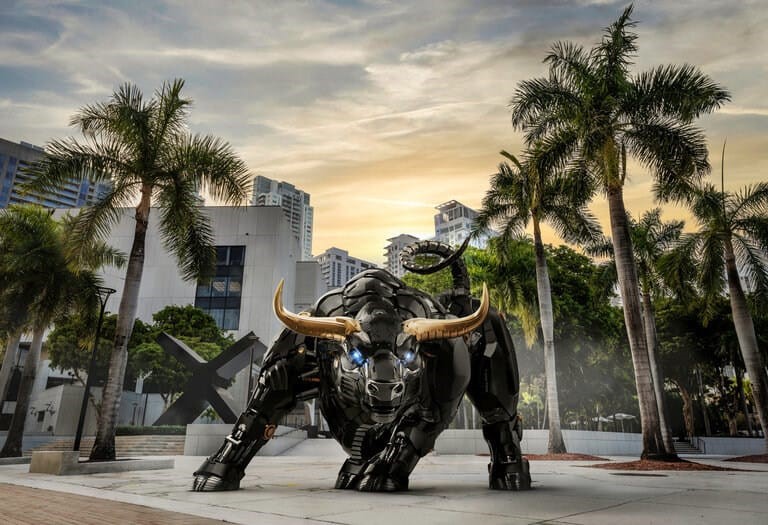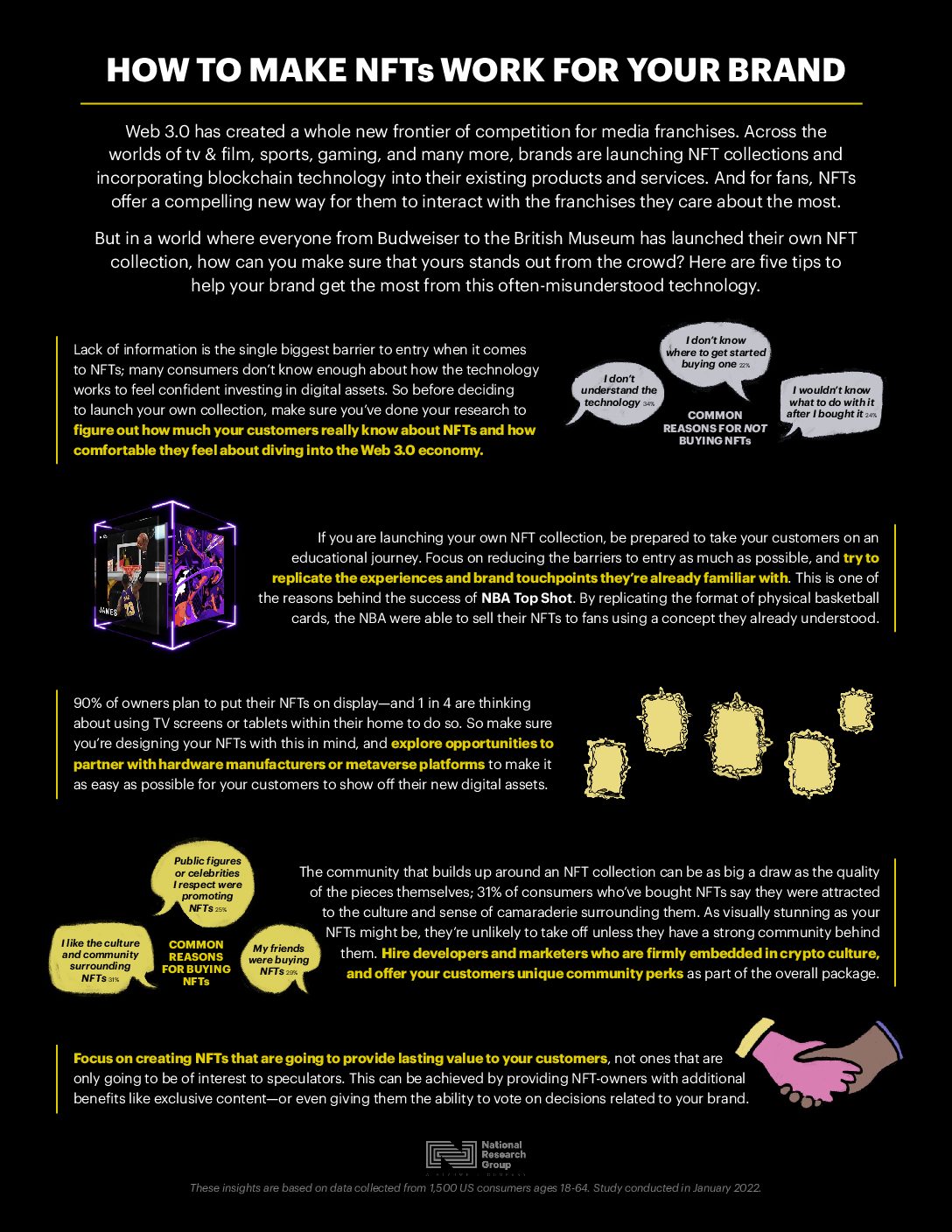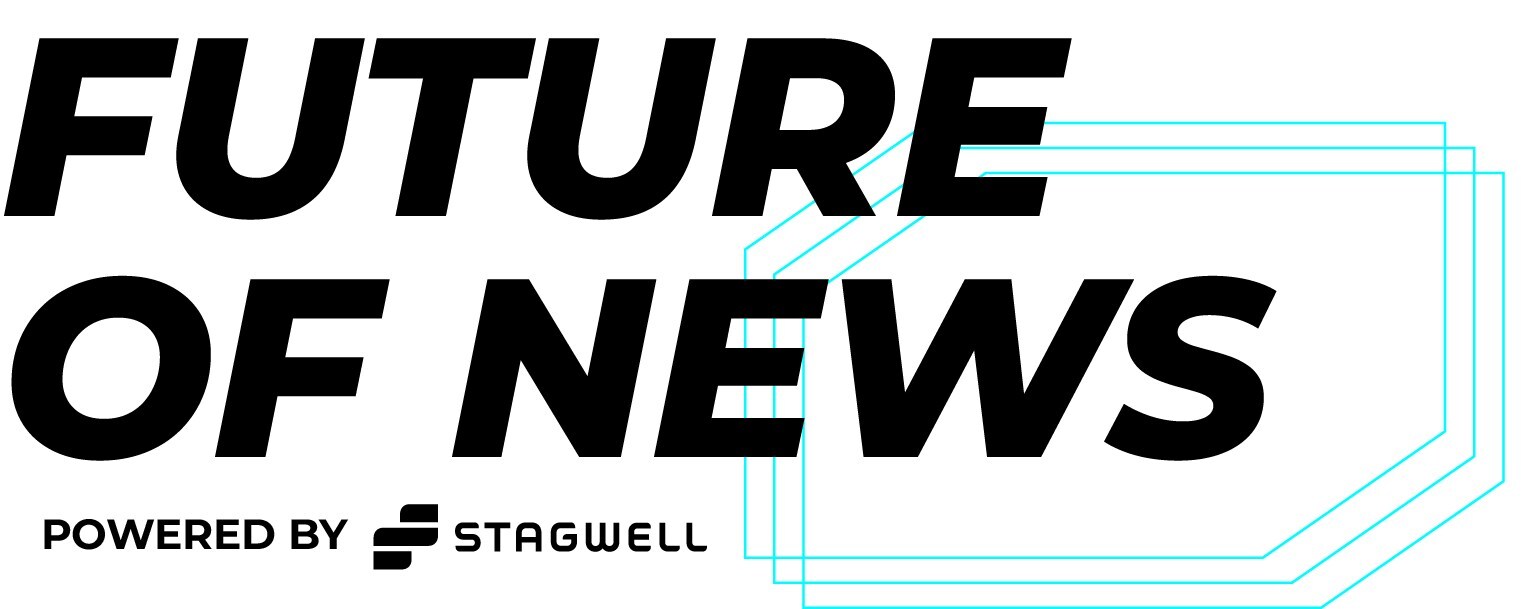An annual average of 70,072 wildfires have burned 7 million acres since 2000—more than double the average annual acreage burned in the 1990s, according to a recent Congressional Budget Office report.
“Average fire events in regions of the United States are up to four times the size, triple the frequency, and more widespread in the 2000s than in the previous two decades… the most extreme fires are also larger, more common, and more likely to co-occur with other extreme fires,” according to a recent study published in Science Advances.
In a pioneering step forward to use non-fungible tokens (NFTs) for social good, YML, a digital innovation agency, just announced the launch of an NFT collection called FIREWATCH that aims to promote education, awareness, and preventative behavior to address the expansion of forest fires and environmental degradation in California. Each NFT corresponds with a parcel of land, priced anywhere from $100 to $100,000 based on the region.
All NFT revenues on the initial sale and 50% of the secondary sales will go towards supporting One Tree Planted, a non-profit organization dedicated to global reforestation. “One Tree Planted specifically sought out regional projects across California that focus on diverse, preventative measures for forest fires, ranging from forest fuels reduction to prescribed fire, reforestation, and biomass utilization activities, and which affect everything from biodiversity, to watersheds, to indigenous groups,” said Ashish Toshniwal, CEO and founder of YML.









